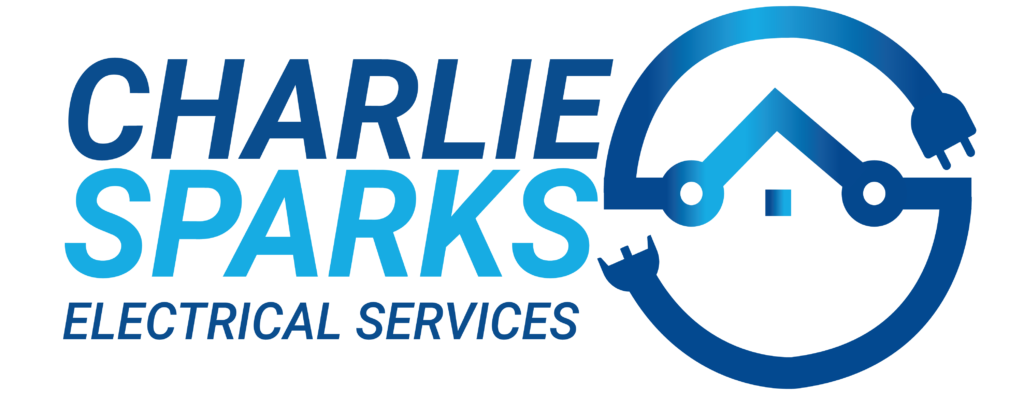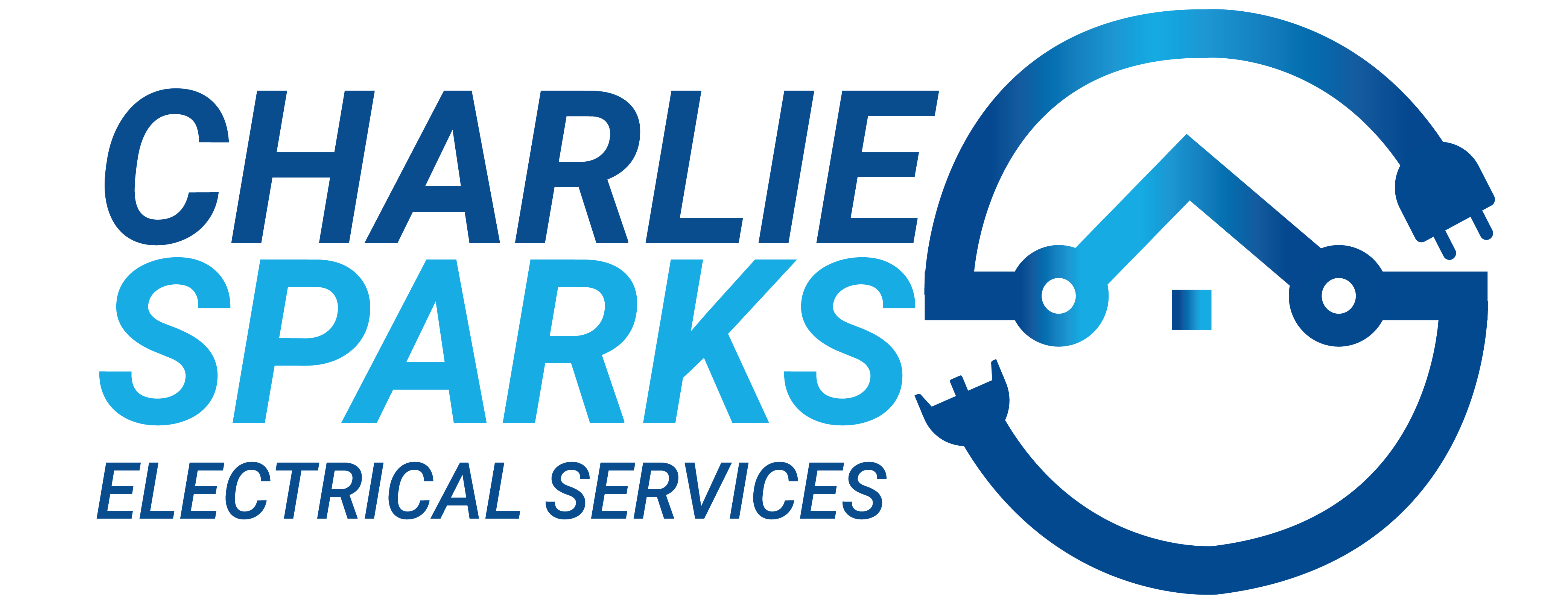A Quick Guide To Choose The Best Solar Panels In Sydney
Solar energy adoption is increasing with every passing day. Yes, we Aussies are becoming more environmentally conscious. Besides, it is also the best way to deal with rising electricity costs.
Perhaps, you are here because you plan to install new solar panels or upgrade existing ones. You would certainly appreciate a quick look into details for types, sizes, efficiency, and warranty. However, there are other crucial areas that need equal attention.
No worries, we have you covered.
Our electricians here at Charlie Sparks are one of the most appreciated solar power system specialists in Sydney and the surrounding areas. We recommend homeowners consider the following aspects.
1. Types Of Solar Panel
Solar PV or photovoltaic solar panels (PV) are the most used ones in Australia. These are further divided into two types: multicrystalline and monocrystalline panels. The latter ones offer better efficiency. But, the multicrystalline option proves a step ahead when it comes to temperature tolerance. Therefore, your technician will recommend the best, depending on the temperature tolerance required in your region.
What about panels with relatively emerging technologies? Well, the list includes thin film solar cells, bifacial modules, heterojunction or HJT, PERC cells, and IBC (Interdigitated back contact solar cells). Depending on the type and space on your property’s roof, your solar installation specialist might recommend bifacial panels. These can be mounted vertically.
Most panels produce DC electricity and are connected to the inverter that converts the energy into AC. There are some panels with a built-in microinverter that provide AC output. However, these are rarely recommended due to their price and technical complexities.
2. Opt For Panels With Higher Efficiency If You Have Less Roof Space
Put simply; efficiency is the solar panel’s capacity to convert sunlight into energy. Therefore, if you want more output, you should choose panels that offer better efficiency.
The efficiency percentage of most solar panels is between 15 and 21 percent. And remember, don’t buy panels rated lower than 15 percent.
Paying slightly more for panels in higher efficiency groups is worth it. These boards generate more power even when the sunlight is not bright.
Choosing panels with higher efficiency is also ideal for houses with limited roof space for the setup.
3. PV Module Quality And Warranty
You probably have a slight idea about product warranty and performance guarantee. Yet, let’s revise some basics quickly.
The product warranty is also known as the manufacturer’s warranty. It covers material and workmanship defects in the company’s solar photovoltaic system for a certain number of years. Always buy panels that have a minimum of ten years of product warranty.
On the other hand, a performance guarantee is more like a commitment that panels will perform within a specified range during the highlighted period. For example, most boards come with 25 years of performance guarantee.
Now, you might wonder, “Should I focus on the performance guarantee or product warranty?” The answer is simple: give priority to the manufacturer’s warranty. And ensure the product warranty is not tied to any service or maintenance contract.
Always work with contractors who offer on-site replacement or repairs under warranty. Also, check the supplier’s record to ensure they are reliable when it comes to after-sales service.
Can reading reviews about local contractors and panel manufacturers help?
Yes, feedback submitted by Aussies after using panels for at least 12 months does make sense. Such assessments can help determine how a photovoltaic system from a specific brand performs in local weather conditions.
4. Technical Attributes
Panel specifications or technical attributes are the most confusing little pieces of information. But, no worries. Let us simplify that for you. Just check the original manufacturer’s name, the product’s power tolerance, coefficient of temperature, and voltage output.
Power tolerance percentage indicates the + or – the percentage of energy the panel can produce. Feeling confused? Here’s an example: The output of a 200W panel, with a -10%/+10% power tolerance range, can deviate between 180W and 220W
What about voltage output?
For a grid-connected system, a 60-cell panel with a capacity of generating 20V is ideal. However, when it comes to off-grid systems with 12V battery banks, a 36-cell board with a producing capacity of 18V can work fine.
Most solar panels have a temperature coefficient range of around -0.3% / °C to -0.5% / °C. It indicates the impact of temperature on energy produced by panels.
You should avoid brands that buy products from third-party manufacturers and rebrand them. Instead, always prefer buying from companies that have manufacturing units, whether in Australia, Germany, or China.
Don’t wish to get into technical details? No problem. Let Charlie Sparks solar power system experts inspect your property and recommend panels with suitable specifications for your house. We can also help select the best inverter, home solar battery, heavier gauge wires, and lighting systems for your house.
5. Opt For A Big System And Home Solar Battery To Store Additional Electricity (Go Off-Grid)
Every house’s power consumption may vary. Yet it won’t be wrong to suggest that most homes in Australia consume around 20kWh of energy daily. So, homeowners prefer a 5kW solar system to take care of their daytime power needs.
Solar panels have become quite affordable compared to the last decade. Therefore, if you have sufficient roof space, you should consider installing more panels (a system bigger than 6.6kW). Then, opt for a solar battery system to store the generated power. Use the additional stored electricity during the evening and night to reduce your dependence on the grid.
Depending on the feed-in tariffs in your state, you can also consider selling excess electricity to the grid during peak times.
Do you have an EV charging point in the house? If so, you should surely opt for a more extensive solar panel system and derive cheap solar power for charging the vehicle.
You certainly don’t want an underperforming system, do you? So, Charlie Sparks specialists recommend homeowners opt for panels and batteries that can produce 30 percent more power than their current needs.
Best Solar Panels in Australia
Here’s a quick look at the names that make it in the list of popular solar panel products in Australia:
- Seraphim
- Astronergy
- REC
- Longi
- JA Solar
- JinkoSolar
- Q-Cell
- Talesun
- Canadian Solar
- Trina
- LG Neon-2
- Aleo
Are you thinking about how panels will impact the property’s appearance? Will too many boards impact your property’s overall look? Well, there is no reason to worry. Solar systems increase property value.




